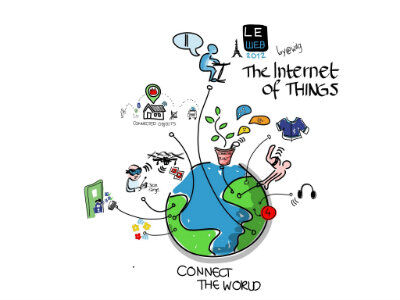

1. Storage
Although the Internet of Things exists as sensors and software in objects like cars, thermometers, and other devices that are physical systems, the massive amounts of data generated has to be stored and processed somewhere. That “somewhere” can either be in a traditional on site data center, a cloud that is hosted by the vendor itself, or a cloud belonging to a third party. Therefore, a business’s first consideration should be the amount of storage they will need. That is an enormous part of the platform’s duties. Consequently, it is also an enormous part of the cost. Whether going with a flash storage option or cloud service, the decision is a crucial one.
2. Security
Like any other computer system, it is vital that an IoT app platform be secure. This precaution is both for the business and for its customers. One of the ways that business can be sure that their platforms are secure is to not only pick the best vendor, but to have that vendor handle every step of the process all on its own. Businesses are asking for more trouble than it’s worth (and possibly more trouble than they can pay for) if they try to integrate components from more than one vendor.
3. Development
Internet of Things Development refers to the flexibility and availability of the app platform to the general tech savvy public. The environment is considered to be “developer friendly” when customers are able to try out the software before it is purchased. Consequently, businesses should ask vendors to do the same. Test driving various platforms is the best way to find the right one. This is the best advice in the long run for all parties involved — business, vendor, and customer — because it eliminates any problem before it could happen.
In summary, businesses need to focus on storage, security, and development. IBM, General Electric, Davra Networks, and Cumulocity — four of the most sought after AEP companies right now — are the best bets to get all three takeaways. By the year 2020, such vendors will have app platforms for nearly 50 billion objects in the Internet of Things. By then smart cities, smart grids, smart homes, and smart transportation might be as widespread and ubiquitous as smartphones are today. The industry leaders of 2020 will be the businesses that made the best AEP decision in 2016.